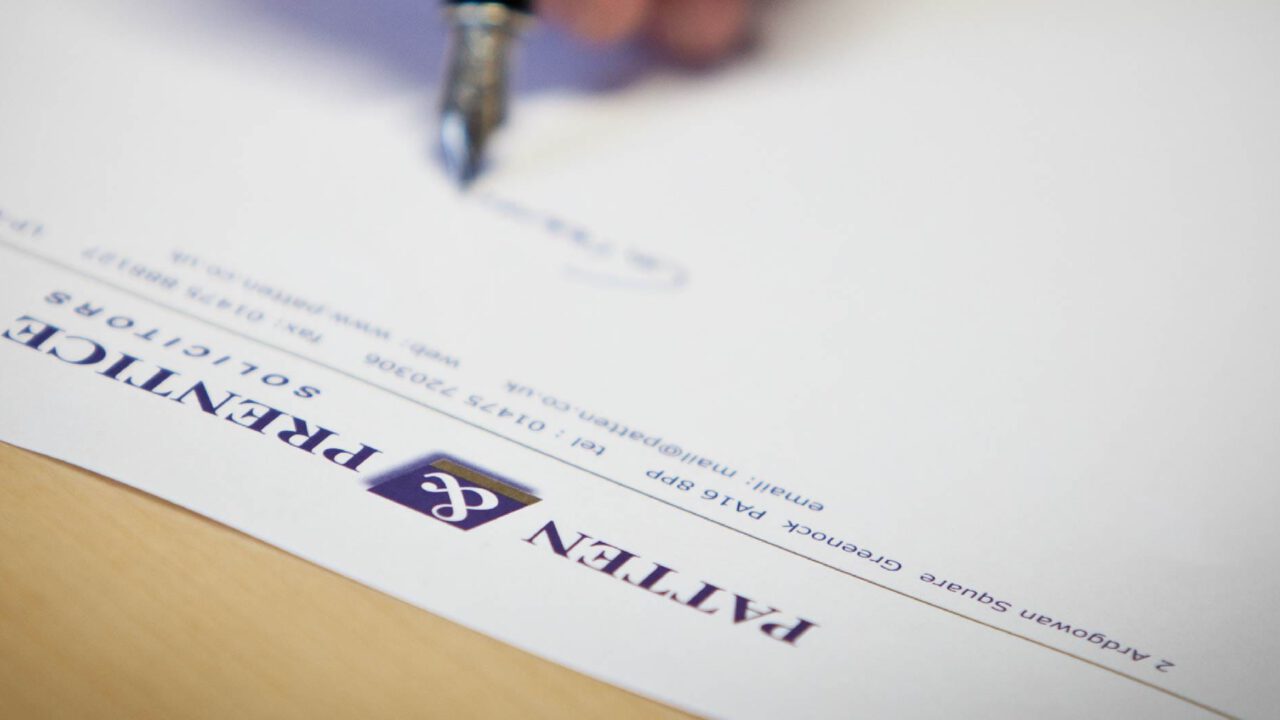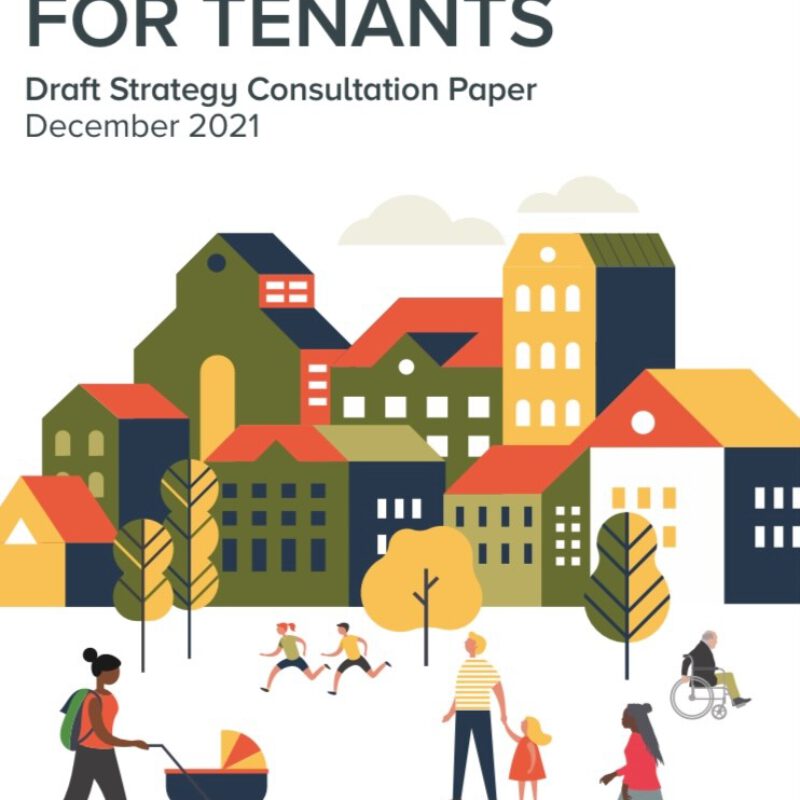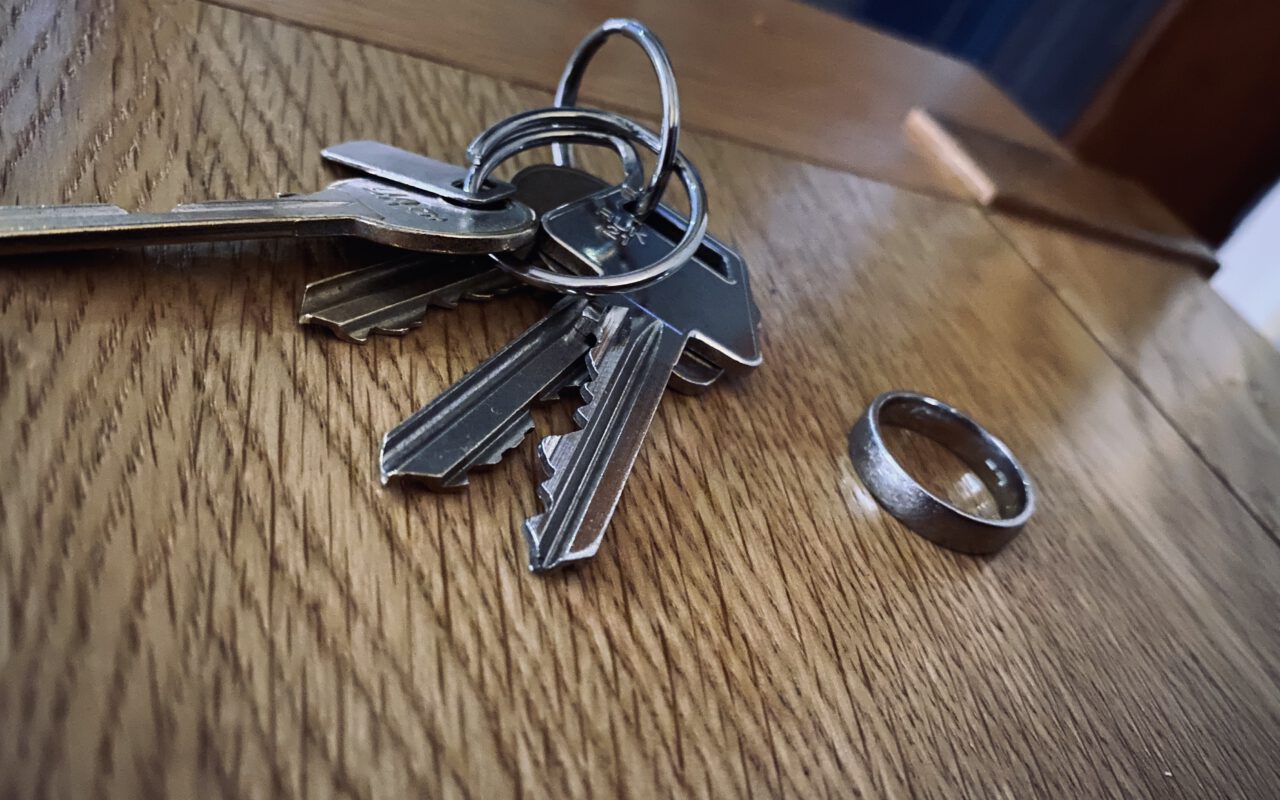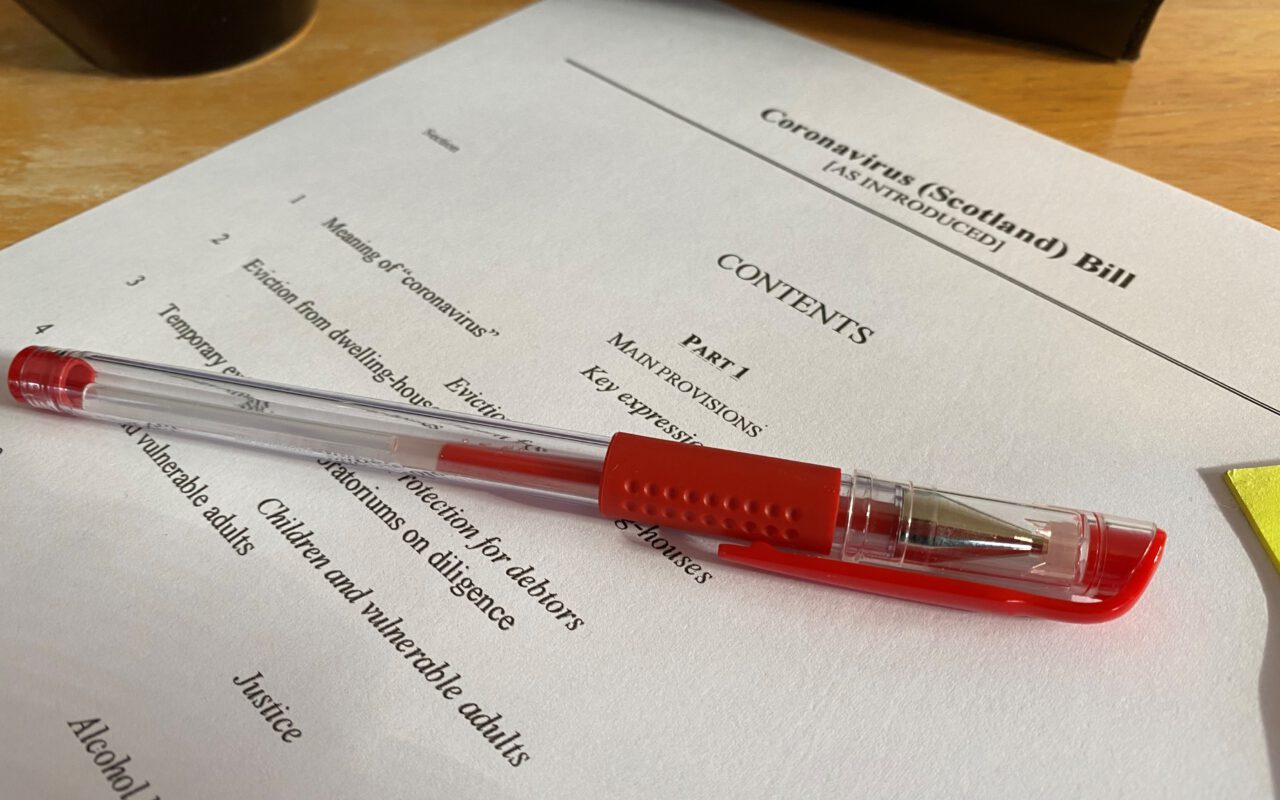“Beware the pennies on your eyes” sang George Harrison on Taxman, the opening track on the Beatles’ 1966 album Revolver. And he was right, Inheritance Tax when it takes hold is certainly a brute as the Revenue scythes away 40% of any part of your estate that creeps above the nil rate band.
Thankfully, the criticism levelled by the Fab Four has been taken on board by successive Governments. 9th October 2007 saw the transferable nil rate band introduced. This benefits married couples and those in a registered civil partnership. Specifically, where one spouse or civil partner leaves their worldly assets to the surviving spouse or civil partner (an exempt transfer for inheritance tax purposes) or where a transfer of assets elsewhere leaves a portion of nil rate band unused, the surviving spouse or civil partner, when they shuffle off this mortal coil, is able to utilise the unused portion of the nil rate band. The leftover tax free allowance is therefore passed from one spouse to another rather than being scooped up by the Government. In some circumstances on the death of the surviving spouse or civil partner, this will see £650,000 (at 2016-17 rates) pass tax free to beneficiaries.
In a matter of weeks, a further titbit will be forthcoming from the taxman’s table. This time the benefit will not be restricted to married couples and those in a civil partnership though you will need to have a “direct descendant” this being a child or grandchild (including step children, adopted children and fostered children) ready to fall heir to your home or the proceeds from downsizing.
You may have heard in the press about the “£1Million nil rate band” particularly in the lead up to the 2015 General Election. On 6th April 2017 the first step along that road will be taken with the introduction of the residence nil rate band or “RNRB” as the Revenue with their love of acronyms have termed it.
The RNRB is far from straightforward. Put basically, however, deaths in the next tax year (2017-2018) will see their inheritance tax nil rate band increase by £100,000 where a property or the proceeds from downsizing is passed to the next generation. The RNRB is also transferable which means that those married or in a civil partnership could benefit from £850,000 tax free estate on the death of the survivor. In tax year 2018 – 2019, the RNRB will rise to £125,000, the year after to £150,000 and in year 2020 – 2021 to £175,000. Those doing the maths (£325,000 + £325,000 + £175,000 + £175,000) will have correctly calculated that married couples and those in a civil partnership will hit the magic six figures.
As with any tax, the rules are far from as simple as outlined above. The RNRB does not apply to transfers into trusts and the relief tapers off for estates above a value of £2Million.
So what does the transferable nil rate band and the RNRB mean for you? It may mean that pre-2007 nil rate band Will Trusts need to be re-visited or further tax planning is required to ensure the benefit of the new tax rules are maximised if your estate is around the £2Million mark. It may simply mean that you can relax safe in the knowledge that the tax man’s grip on the pennies on your eyes has loosened.
Whatever the case, your Will is an excellent tax planning tool that should be re-visited regularly and certainly as you advance in years and after major life events. There are potential avenues to plan for minimising your tax liability in your Will or indeed your exposure to care costs. If you wish to discuss any of the matters raised above in greater detail then please contact our office and arrange an appointment where we can discuss the intricacies of a positive taxation development.








